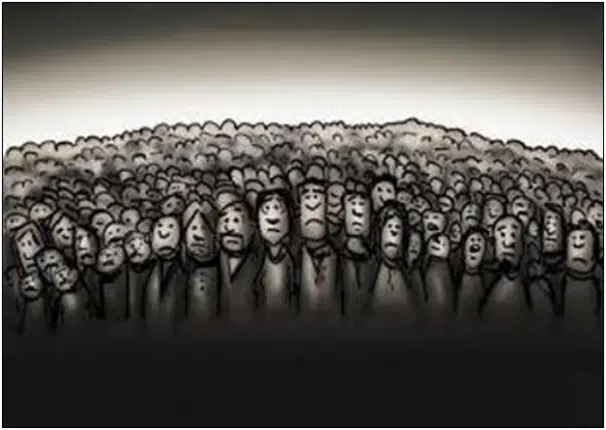By Natalia Castro
The only thing more sexist than not voting for Hillary Clinton because she is a female is voting for her simply because she is a female. Finally, there is a generation that understands that, and the Clinton campaign must surely be hating it. Millennials are not buying the simple gender standard, but rather forcing Clinton to represent all their interests, and she is failing.
Before the New Hampshire primary in February, former Secretary of State Madeleine Albright said at a Clinton rally, “A lot of you younger women don’t think you have to, [that] it’s been done. It’s not been done. And you have to help Hillary Clinton, who will always be there for you. And just remember, there’s a special place in hell for women who don’t help each other.”
But voters didn’t fall for it. Clinton lost the New Hampshire primary—and she is losing young women.
Women support Clinton as their presidential pick by large margins, but not as large as the Democrat establishment has been hoping, and certainly not comparable to President Obama’s minority grab in 2008. Among Democrats, Clinton loses young women votes by about 30 points to Sanders. Clinton represents a generational divide between young women eager for political change and non-Millennial women eager for a female president.
Anoa Changa, a young, Hispanic feminist who supports the “I’m not with her” movement, told The Guardian in a May 23 report “some women I encounter act as if I’ve betrayed some kind of secret society. I reject this brand of feminism. I’m not only voting for my gender, I’m voting for other issues.”
Clinton began running in 2016 with the presumption that being a female would mobilize the female voter bloc, but without energizing Millennial females Clinton has lacked consistent support.
The desire to have a female president is not as strong as the desire to have a successful president, making many believe it is ok to wait. Across the political spectrum, 49 percent of women see Clinton as unfavorable because she is not reflective of a vast majority of women.
As Politico’s Molly Roberts explains, Clinton has more elements of privilege than she does minority, and in backing “her husband’s incarceration and welfare reform policies, critics say, and it’s not just that Clinton doesn’t personally embody intersecting identities — it’s that as a politician, she’s been part of the problem.”
Clinton is a wealthy white female, while the Millennial voters she is attempting to appeal to are in some cases middle to low income, minority females. Clinton does nothing for their voice in politics, while other candidates like Sanders appear to be much more appealing.
The lead Sanders maintains over Clinton among young women is not surprising, who tend to be supportive of change and political movement. Clinton represents none of this, even as a female, she was First Lady, and a Senator and Secretary of State — she is very much the establishment.
The Iowa caucus sent Clinton a clear message when 84 percent of women under 30 years old voted for Sanders, and the trend has only continued. Just two weeks ago when West Virginian women took to the polls the results were similar, with more than half favoring Sanders to Clinton and, according to preliminary exit polls. With Clinton failing to connect with these young eager voters now, the risk for her is they may not show up en masse in November either.
Clinton might be a female, but that does not make females eager to vote her into office. Modern feminism is not centered around being a female, but being a competent leader, a test Clinton is failing consistently among the voters she needs.
Natalia Castro is a contributing editor at Americans for Limited Government.






